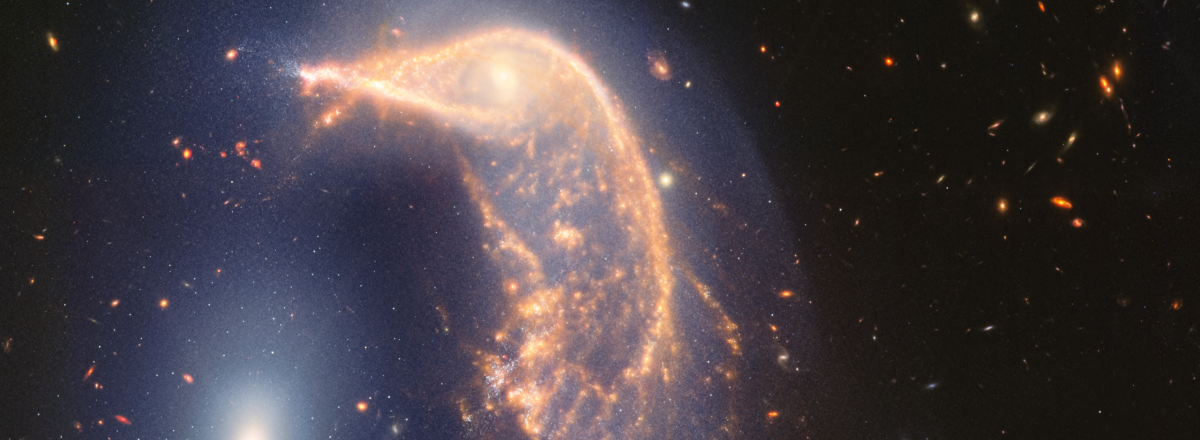James Webb Telescope Celebrates 2nd Anniversary with Stunning "Penguin and Egg" Galaxy Image
This vibrant and detailed image showcases the powerful capabilities of the telescope's infrared cameras, offering a glimpse into the dynamic processes occurring 326 million light-years away in the constellation Hydra.

NASA's James Webb Space Telescope (JWST) has marked its second anniversary by capturing a breathtaking image of the interacting galaxies known as the "Penguin and the Egg." This vibrant and detailed image showcases the powerful capabilities of the telescope's infrared cameras, offering a glimpse into the dynamic processes occurring 326 million light-years away in the constellation Hydra.
The two galaxies, NGC 2936 (the Penguin) and NGC 2937 (the Egg), collectively known as Arp 142, first interacted between 25 and 75 million years ago. This cosmic dance has resulted in dramatic structural changes and bursts of new star formation. The Penguin's spiral shape has been distorted by the gravitational forces exerted by the Egg, leading to the creation of star-forming regions visible in the new image.
The JWST's Near-Infrared Camera (NIRCam) and Mid-Infrared Instrument (MIRI) were used to capture this image, revealing intricate details such as the bright, eye-like center of the Penguin and the fanned-out tail formed by its gas and dust. These observations are far more detailed than those previously obtained by the Hubble Space Telescope in 2013, highlighting the advanced capabilities of the JWST.
In addition to the Penguin and the Egg, the image also includes numerous distant galaxies in the background, demonstrating the sensitivity and resolution of JWST's instruments.

